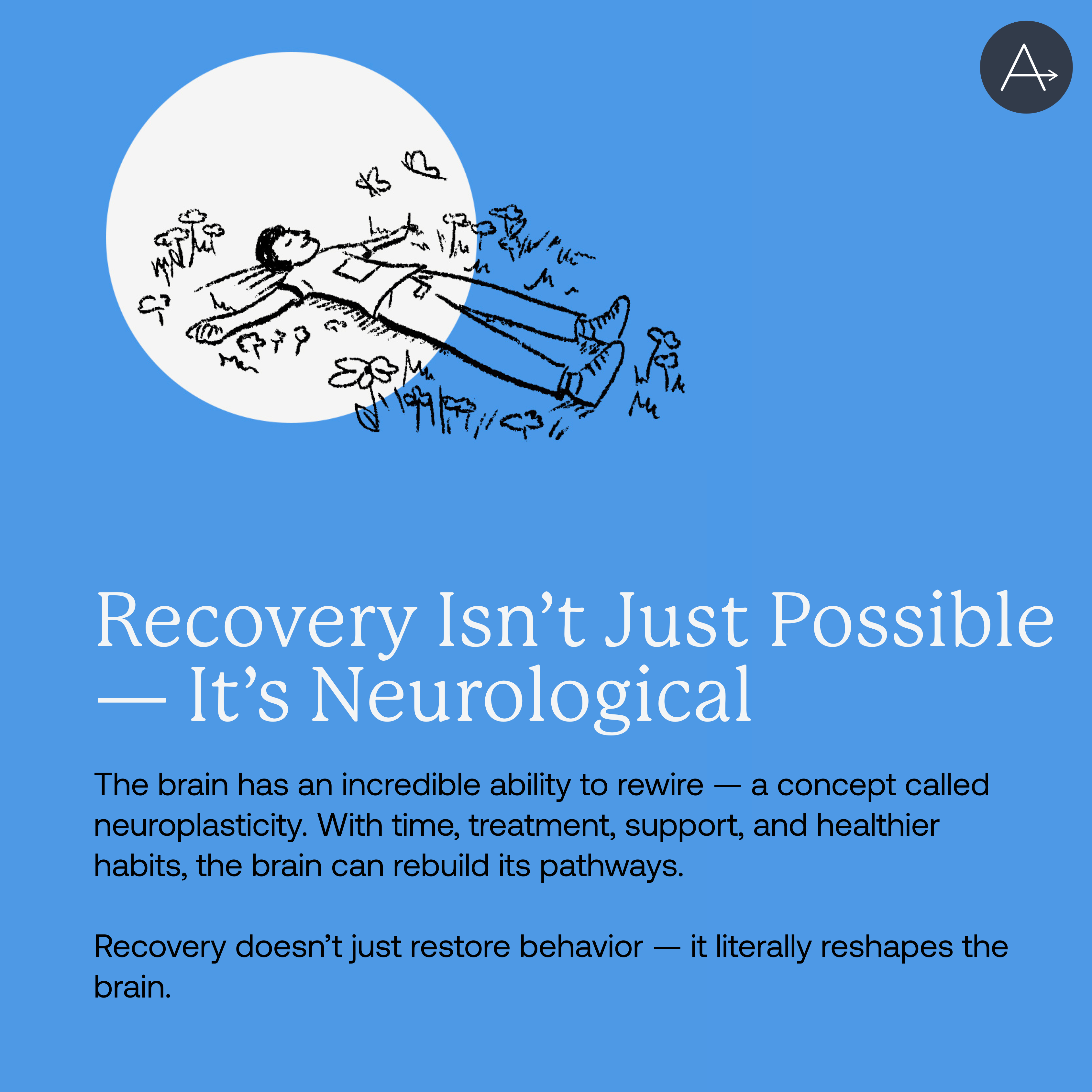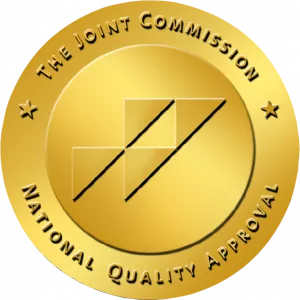Addiction is often misunderstood as nothing more than a series of bad choices. But the truth runs deeper—it’s rooted in the brain. Substances physically change how the brain works, reshaping reward, motivation, and decision-making. This doesn’t excuse harmful behavior, but it explains why recovery takes more than willpower. To heal, the brain itself has to be rewired.
When a choice becomes circuitry
Most people start using by choice. Early on, the brain floods with dopamine—a feel-good chemical that stamps in a memory of relief or pleasure. Over time, the brain begins to prioritize that rush, linking it to comfort and even survival. What once felt optional starts to feel necessary, and “just saying no” no longer matches the brain’s wiring.
Addiction hijacks the reward system
Normally, things like good relationships, good food, or exercise release steady amounts of dopamine. Drugs and alcohol overwhelm the brain, delivering a surge that natural rewards can’t compete with. The brain adapts by dulling sensitivity to everyday joys and sharpening its drive to seek the substance. That’s why simple pleasures lose their shine while cravings intensify. It’s not about weakness—it’s biology caught in a loop.

Why decision-making gets disrupted
Addiction also affects the prefrontal cortex—the brain’s command center for judgment, impulse control, and weighing consequences. When this area is weakened, choices shift. People often say, “I didn’t want to use—I just did.” That’s not an excuse; it’s how the brain’s decision-making system gets rewired. Stress, lack of sleep, and withdrawal only make it harder, tilting decisions toward short-term relief over long-term goals.

The autopilot effect
Substances also lock into the brain’s habit pathways. Certain people, places, or emotions become triggers, sparking cravings automatically. A stressful day, a specific street, or even payday can activate the brain before conscious thought kicks in. This “autopilot effect” explains why relapse is so common—and why recovery often requires changing routines, environments, and relationships.
The hopeful truth: the brain can heal
The same brain that learns addiction can also learn recovery. This ability to adapt is called neuroplasticity—the brain’s capacity to form new pathways and strengthen healthier ones. With time, treatment, and support, the prefrontal cortex can regain strength, the reward system can rebalance, and old triggers can lose their grip. Recovery doesn’t just restore behavior—it literally reshapes the brain.
What helps the brain rewire:
- Evidence-based treatment: Detox, therapy, and medication-assisted treatment can reduce cravings and stabilize mood.
- Routine: Consistent sleep, meals, and movement lower stress and strengthen new habits.
- Stress reduction: Practices like mindfulness, yoga, and grounding calm the nervous system.
- Connection: Support groups, sober peers, and therapy provide accountability and meaning.
- Healthy rewards: Joy, service, exercise, and creativity rebuild pleasure pathways.
- Boundaries: New environments, clear limits, and safety plans weaken old loops.

What families should know
You can’t “fix” a loved one’s brain—but you can support their healing. Boundaries paired with compassion make a powerful difference: “I care about you, and here’s what I can and can’t do.” Learn about addiction, encourage treatment, and take care of yourself too. Your consistency keeps hope alive while your loved one does the hard work of change.
A realistic hope
Recovery is not instant or linear, but it is absolutely possible. The same biology that once pulled someone toward a substance can, with time and support, pull them toward health and connection. If you or someone you love is struggling, know that help exists, and that healing doesn’t just change lives—it reshapes brains.


